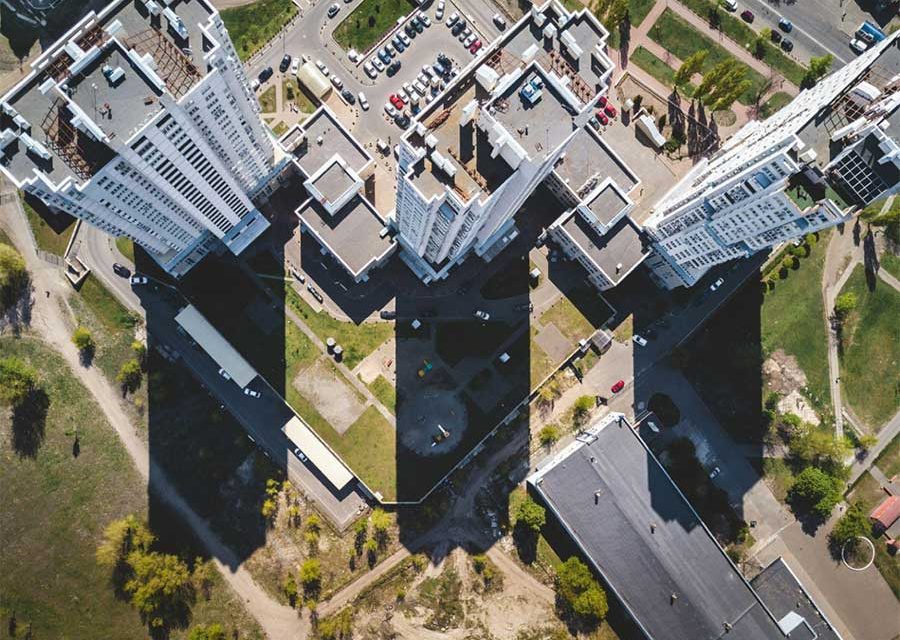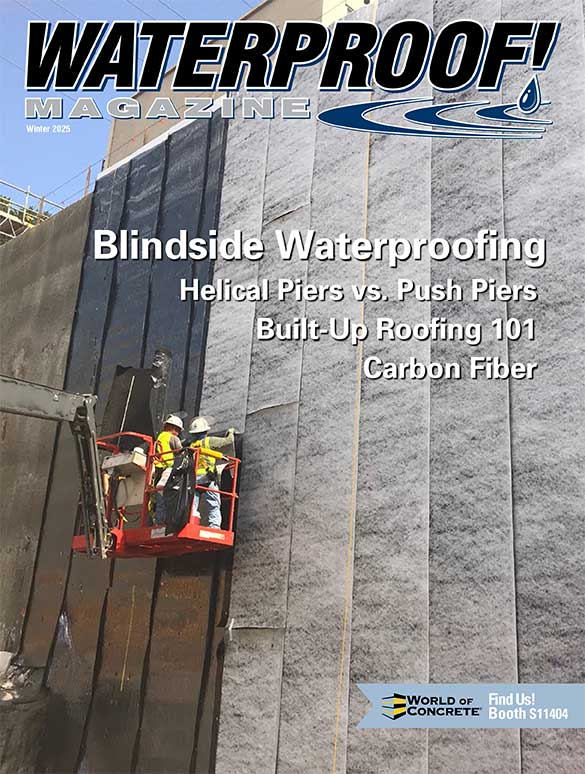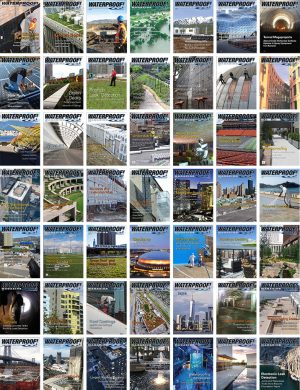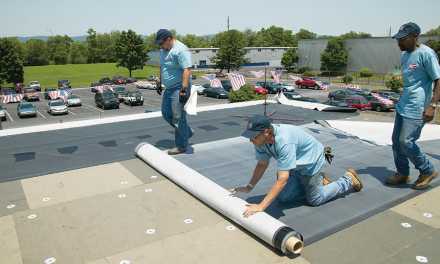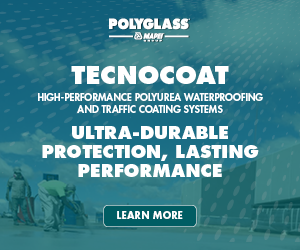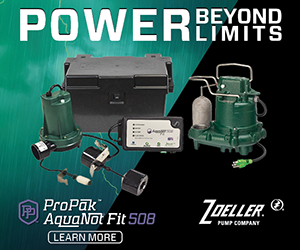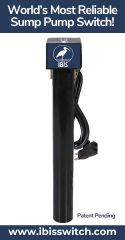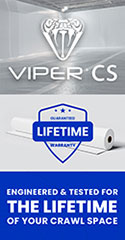By Rose Morrison
Image Source: https://unsplash.com
In commercial roofing, finding a lasting system while providing cost savings is crucial for long-term success. Built-up roofing (BUR) systems can be the trusted solution, offering significant benefits that few other roofing types can match.
Types of BUR Systems
Built-up roofing systems offer various options to meet different building needs and environmental conditions. The most common types used include:
- Hot built-up roofing: Uses alternating layers of heated asphalt or coal tar, then topped with gravel. It can form durable, waterproof protection and is ideal for heavy foot traffic.
- Cold built-up roofing: Uses cold-applied adhesives, often preferred in environments where hot asphalt is impractical. It can also be a safer, more eco-friendly option.
- Modified bitumen roofing: Combines traditional BUR layers with a modified bitumen cap sheet, offering more flexibility and resistance to hotter temperatures.
- Ballasted roofing: Involves loose-laid roofing membranes held in place by a layer of gravel or pavers, providing additional weight and protection against wind uplift.
- Green roofing: Incorporates vegetation on top of the roofing layers, providing insulation, stormwater management and environmental sustainability.
- Reflective coating BUR: A built-up system that uses a coating with a 75% reflectivity rate to lower cooling costs by reflecting sunlight and reducing heat absorption.
- Insulated BUR systems: This includes an insulation layer beneath the roofing layers to enhance thermal performance and decrease heating and cooling costs.
Initial Costs vs. Long-Term Savings
BUR systems can be more costly than some alternatives, but the long-term economic benefits can outweigh the initial costs. The materials of BUR systems typically range between $1-$2 per square foot, with installation costs averaging around $2 to $4.50 per square foot. This may seem like a significant investment — but BUR systems last — which can yield substantial savings over time.
Maintenance and Repair Costs
Due to their layered construction, maintenance and repair costs for BUR systems are generally lower than those of many other roofing types. Routine maintenance typically involves inspecting the roof for signs of wear and tear, such as cracks or blisters, and applying patching materials as needed.
These simple measures can extend the lifespan of a BUR system, which already has impressive longevity. Additionally, small damage is less likely to penetrate the building’s interior because these roofing systems have multiple layers. Over time, this can save building owners money on routine maintenance and unexpected repairs.
Materials Used
Built-up roofing systems comprise layers of materials that serve various functions. The base layer includes a sheet installed on insulated materials like fiberglass or organic felt. This base sheet is crucial for providing waterproofing and a surface for the alternating layers between asphalt.
Asphalt typically adheres to the base layers to provide resistance to water. Once the desired number of layers has been reached, a final top layer covers the surface. This layer can include a cap sheet, another asphalt layer, a reflective coating or gravel spreading.
Energy Savings With BUR Systems
Conventional roofs can reach scorching temperatures of 150 degrees Fahrenheit or more on a hot summer day, increasing the cooling load on a building. In contrast, built-up roofing systems with reflective coating can stay 50 degrees cooler.
This difference in surface temperature enables commercial buildings to maintain cooler indoor temperatures and save on cooling costs. For instance, cool roofing can increase a commercial building’s energy efficiency, helping property managers and building owners save an average of 7% to 15% on their cooling expenses.
The Benefits of Built-Up Roofing Systems
BUR systems have always been the preferred choice for commercial buildings, as they provide several benefits.
Waterproofing Capabilities
Since built-up roofing systems come with multiple layers of bitumen and insulation, they create thick, impenetrable barriers that prevent water infiltration. With this approach, BUR systems ensure the underlying layers continue to protect against water leaks and damage. This results in a roof that is less susceptible to cracks from heavy rains, snow, and other harsh weather conditions.
Durability and Longevity
Since these roofing systems can withstand various environmental stresses, they are one of the most resilient commercial roofing options. These systems are especially resistant to UV ray damage, extreme temperatures, and heavy foot traffic.
Plus, the protective top layer further shields the roof from physical damage and weathering. With proper maintenance, a BUR system can last many years, prolonging the need for replacement.
Versatility and Customization
With numerous customization options, BUR systems become adaptable to various building needs and environmental conditions. Whether a building requires enhanced insulation or increased reflectivity, building owners can choose one that meets their demands.
Additionally, their designs can accommodate various roof slopes and building sizes, making them suitable for everything from large commercial complexes to smaller structures.
This enables contractors and property owners to create a roofing solution that is functional and durable but also aligns with specific project requirements. As a result, their optimal performance can guarantee long-term satisfaction.
The Smart Choice for Long-Term Solutions
Built-up roofing systems make a reliable and cost-effective option for commercial roofing projects. With their superior benefits, they provide long-term value and protection for building owners. Whether seeking energy savings or long-lasting solutions, BUR systems deliver on all fronts. By investing in this roofing solution, property managers can improve overall operational efficiency and sustainability.

Rose Morrison
Rose Morrison is the managing editor of Renovated Magazine. She is an expert writer and researcher on roofing, waterproofing, and insulation, and she has a particular passion for green construction and better building techniques. When not researching the latest developments in the roofing world and writing for numerous reputable publications, Rose loves to be outdoors with her pets. Connect with Rose on LinkedIn.
Winter 2025 Back Issue
$4.95 – $5.95
Trade Show Preview
Blindside Waterproofing: Techniques, Challenges, and Advancements
Foundation Repair Using Push Piers And Helical Piers
The Commercial Built-Up Roofing (BUR) Systems
Built-Up Roofing 101 from CertainTeed
Description
Description
Trade Show Preview
Explore waterproofing-related businesses and educational sessions at the upcoming trade shows, including World of Concrete.
Blindside Waterproofing: Techniques, Challenges, and Advancements
By Vanessa Salvia
In urban construction and infrastructure projects, space constraints often necessitate innovative building techniques. One such method, blindside waterproofing, has become increasingly prevalent in recent years.
Foundation Repair Using Push Piers And Helical Piers
By Patrick Nevison, P.E.
This article takes a close look at helical piers and push piers, and explores the differences and uses of each type of foundation repair system.
The Commercial Built-Up Roofing (BUR) Systems
By Rose Morrison
Built-up roofing systems offer various options to meet different building needs and environmental conditions, with benefits that few other roofing types can match.
Built-Up Roofing 101 from CertainTeed
By Abby Feinstein and Ted Winslow
Built-up roofing or BUR consists of multiple layers of hot asphalt being applied between ply sheets thereby building up a waterproof roof assembly.
Carbon Fiber: The New Standard in Structural Repair for Basements
By Vanessa Salvia
In recent years, the field of basement and foundation repair has seen a significant shift towards carbon fiber technology.
Additional Info
Additional information
| Weight | N/A |
|---|---|
| Magazine Format | Digital Download Magazine, Print Mailed Magazine |

